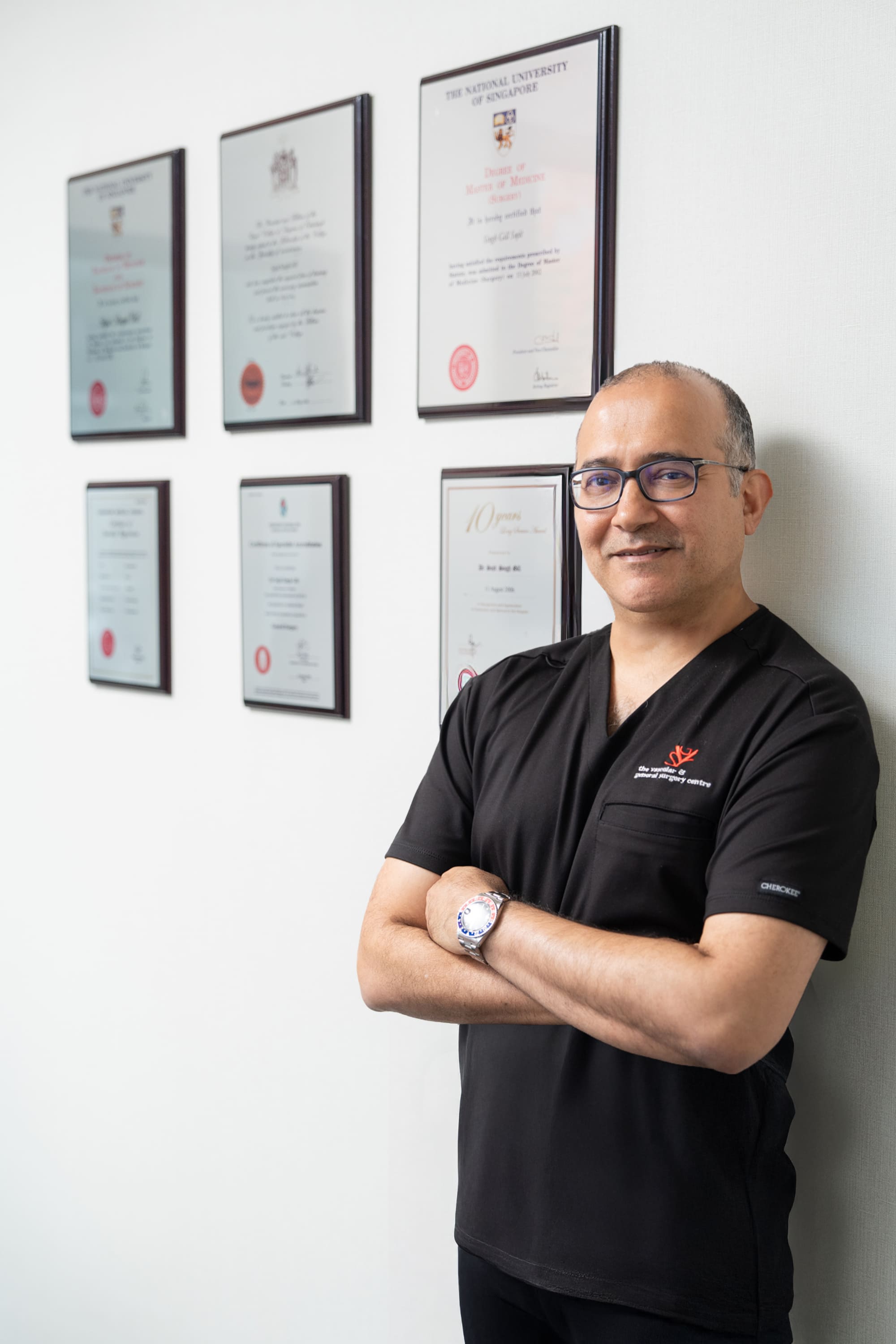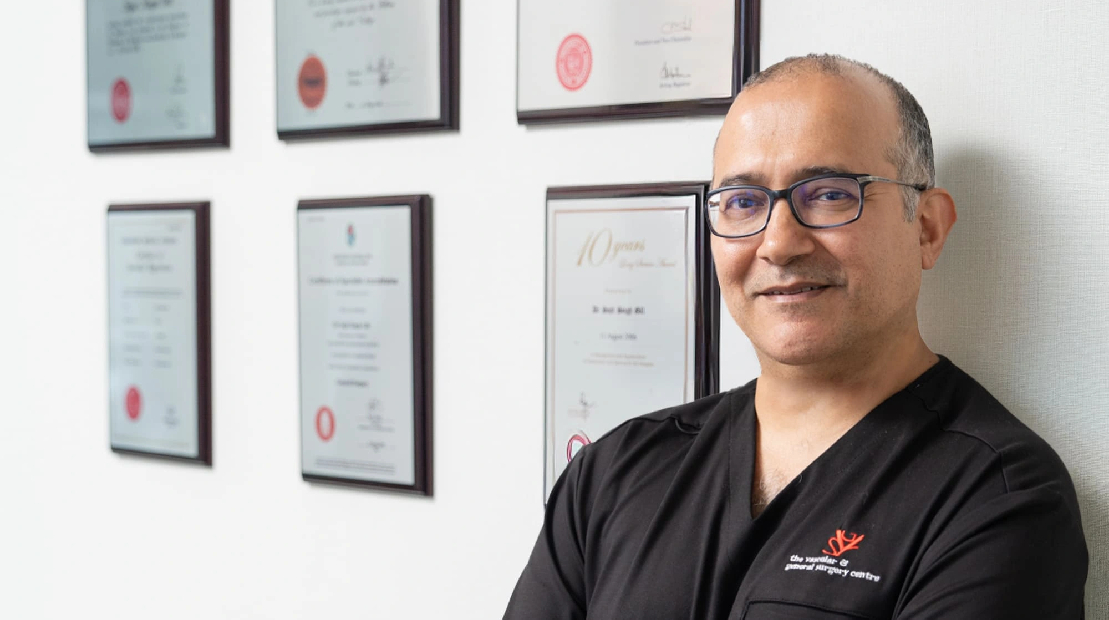
For a consultation, please contact us at +65 6736 2302 or fill up the form below and we will get back to you as soon as possible

For a consultation, please contact us at +65 6736 2302 or fill up the form below and we will get back to you as soon as possible

Angioplasty very simply means modification of the artery. An atherosclerotic artery is an artery that has deposition of plaque within its walls. This plaque occupies space and as the plaque increases in size, it leaves less space for blood to flow. This reduced flow is what leads to poor healing of wounds of the foot or even gangrene.
The purpose of angioplasty is to use a balloon to flatten the plaque against the arterial wall. The balloon is inserted, in a deflated state, into the artery containing the plaque and is lined up right next to the plaque. When the balloon is inflated, it compresses the plaque flattening it. When the balloon is then deflated we are left with an increase in the size of the channel through which blood flows. This is known as revascularisation. The balloon is then removed.
This procedure can be done with small 2mm needle punctures into the leg arteries, and does not require surgery. This can be done with local anaesthesia. This is very safe for the patient as general anaesthetic and major surgery can be avoided. It is far less invasive than the only other option which is bypass surgery.
Experience with this technique has progressed such that we can even reopen arteries that are completely blocked. We now have the skill to reopen even the small arteries in the leg below the level of the knee, arteries known as crural arteries. This skill is especially important for diabetic patients as they have a propensity to occlude their crural arteries.
In many situations, we find that the angioplasty alone does not give a satisfactory result. In these situations, stents are deployed to augment the revascularisation and improve its longevity. A stent acts like a scaffold preventing the plaque from renarrowing the artery. It is made of metal and cannot be removed once placed in the body.
At The Vascular & General Surgery Centre, we offer the latest available devices in the fight against peripheral arterial disease :
All patients with narrowed or blocked arteries in their legs are suitable for this procedure
There is a small risk of puncture site bleeding. Patients with impaired kidney function may be sensitive to the contrast used during the procedure. Therefore all patients undergo a blood test to determine their kidney function prior to the procedure.
Thrombosis or clotting of the treated artery sometimes occurs. This risk is minimised by the administration of heparin (a blood thinner) during the procedure. Patients are routinely prescribed blood thinners such as aspirin after the procedure as well.
All patients need to be followed up for life as a small number may develop recurrence of the plaque. This is especially so if risk-factor modification such as stopping smoking has not been followed through.


Dr Sujit Singh Gill is the medical director and consultant surgeon at The Vascular and General Surgery Centre, providing dedicated and evidence-based care for patients with various vascular and other conditions in Singapore. His expertise lies in peripheral arterial disease, varicose veins, diabetic vascular complications, hernia repair, gastroscopy, and colonoscopy. With his advanced training and a patient-focused approach, Dr Gill ensures that his patients receive effective, tailored treatments for better outcomes.
More About Dr Gill
The Vascular & General Surgery Centre
Unit 18-05, Paragon Medical Suites, 290 Orchard Road, Singapore 238859
Tel: +65 6736 2302
Fax: +65 6736 4186
Whatsapp : +65 8866 7837
Email: enquiry@tvgsc.sg
24-hour Answering Service : +65 6535 8833
Blog
NEED ASSISTANCE
Have a question or wish to
make an appointment?
We're here to help.